Given the booming demand for mobile data, growing use of data-intensive applications like video and music streaming, distributed antenna systems commonly referred to as DAS are becoming increasingly important.
The technology has been around for over two decades. DAS are used to deliver network coverage and capacity from the licensed wireless carriers to specific areas of buildings or geographical areas. There has recently been an increase in demand from carriers and enterprises looking to add coverage and capacity in high-value areas utilizing DAS.
There are two types of DAS. The first type is a Passive DAS. In a passive DAS, there are no electronic components between the antennas and the RF Source. As a result there is no amplification and antennas generally lose signal power as the distance increases from the RF Source.
The second type is an Active DAS. Active DAS have electronic components between the RF Source and the antennas. The most common Active DAS are fiber based, they utilize electronic components to convert RF signal to optics, and amplify near the antennas.
KEY TAKEAWAYS:
- Beyond the sheer demand for capacity, there are other reasons to deploy a DAS. For instance, it is not uncommon for buildings, especially those made of metalized glass or concrete or that are LEED Certified to block out out cellular signals.
- The global DAS market is expected to reach $9.18 billion by 2020, at a 7.11% compound annual growth rate between 2015 and 2020, according to research firm Markets and Markets.
- DAS also is becoming an integral part in the safety of institutions and events. As the concerns for safety grow within schools and public venues, the need for a strong cellular signal heightens.
“DAS networks are flexible with their ability to scale to different-sized coverage areas both indoors and outdoors. Distributed antenna systems can help provide a stronger signal to individual households as well as stadiums packed with thousands of people. Hospitals, schools, colleges and concert halls around the world use this technology.”
Original source: http://www.rcrwireless.com/20160706/network-infrastructure/das-distributed-antenna-system-tag31-tag99


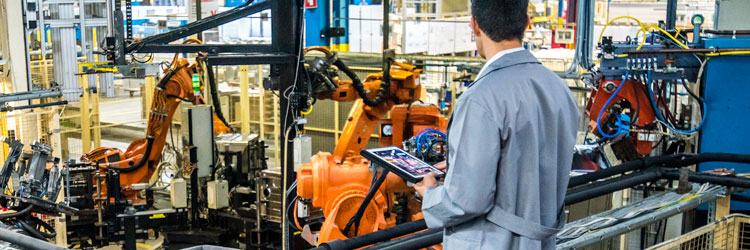

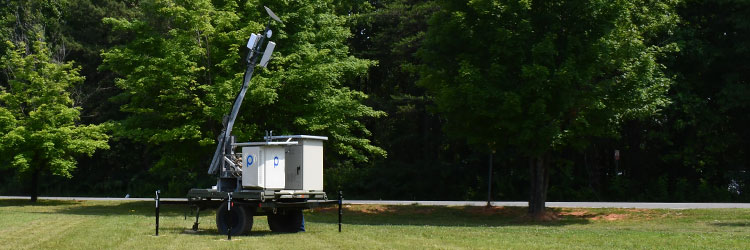



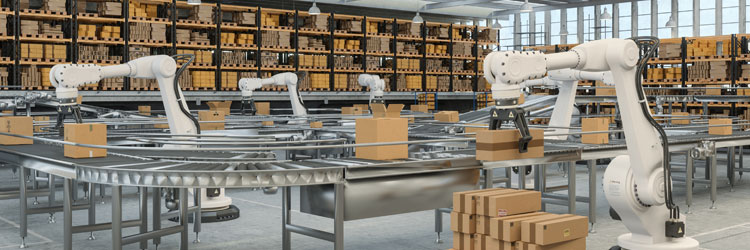

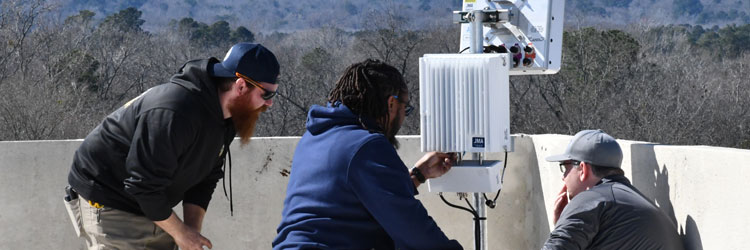
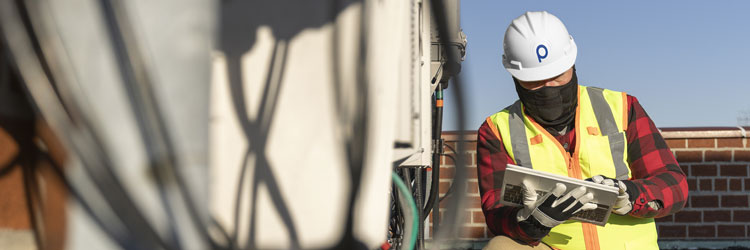

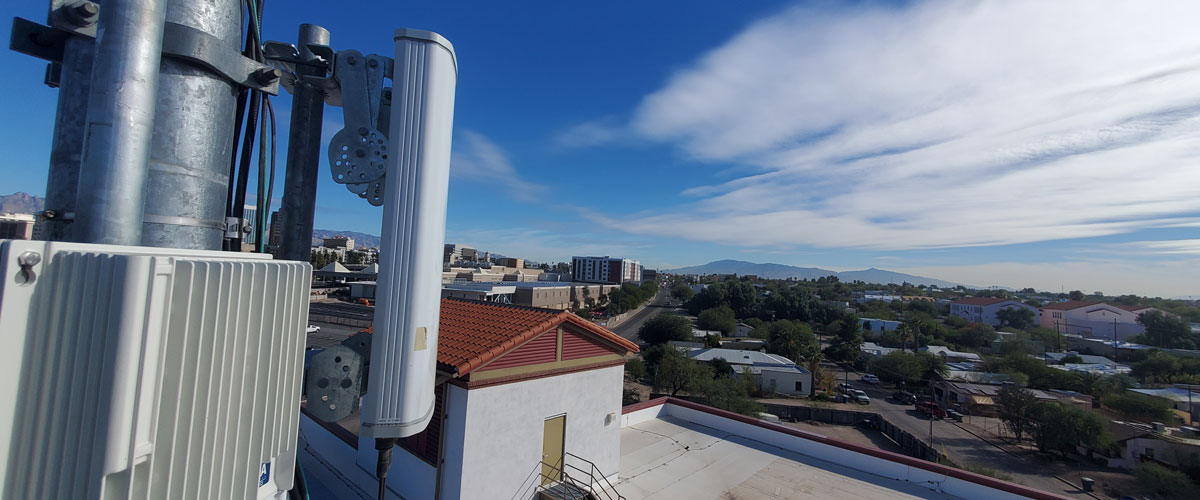
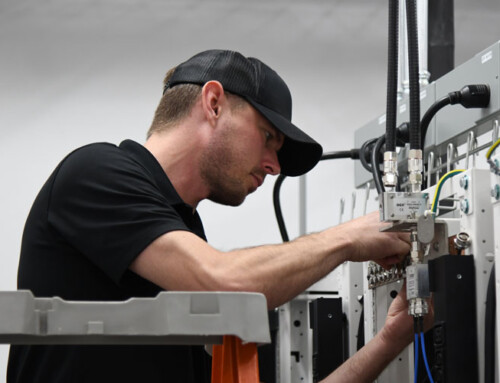
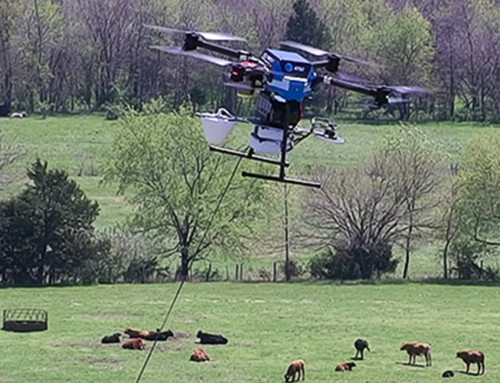





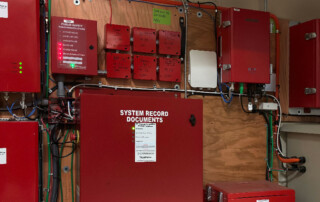

Wow, I had no idea that in a passive DAS there are no electronic components between antennas and the source, and this is blowing my mind! I have always been very curious about communication and different kinds that exist in the United States, and I think it would be awesome to learn more about distributed antenna cellular coverage. It also helped me when you said that active DAS are fiber-based because I never knew this before.